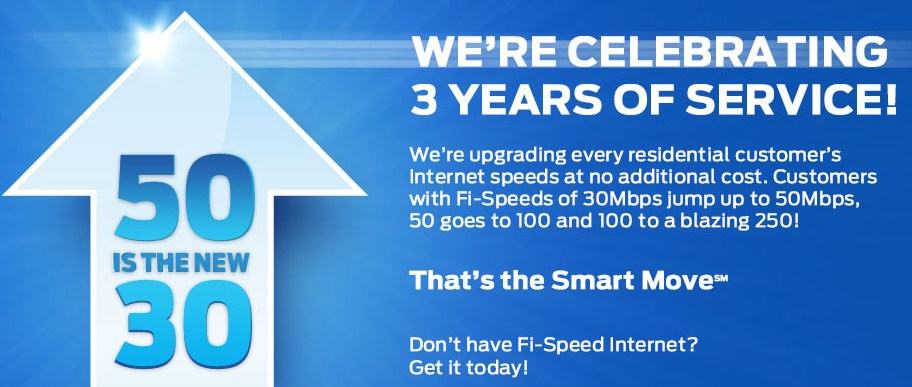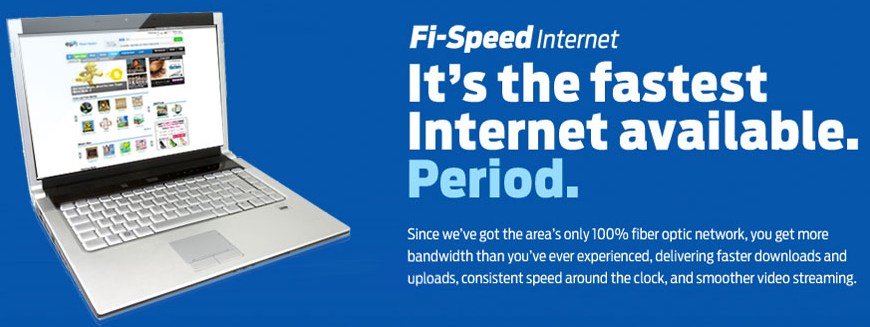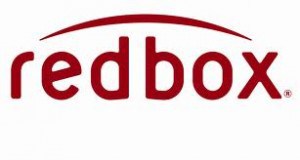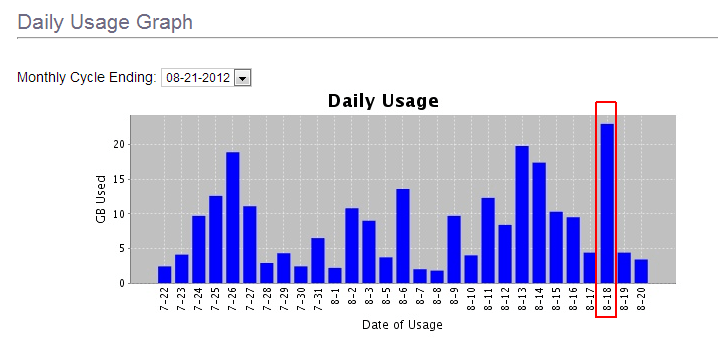 While cable and phone companies make excuses justifying rate increases and usage caps, Chattanooga’s publicly-owned EPB Fiber network has been blowing the windows out with hurricane-fast gigabit broadband, and now they are cutting prices for some while boosting speeds for others.
While cable and phone companies make excuses justifying rate increases and usage caps, Chattanooga’s publicly-owned EPB Fiber network has been blowing the windows out with hurricane-fast gigabit broadband, and now they are cutting prices for some while boosting speeds for others.
At the recent Hackanooga event, EPB customers learned the fiber to the home provider was set to celebrate three years of service by delivering value for speed that Comcast and AT&T can’t touch:
- 30/30Mbps customers will now receive 50/50Mbps service for $57.99 a month;
- 50/50Mbps customers are now getting 100/100Mbps speeds for $69.99;
- 100/100Mbps customers are now seeing 250/250Mbps service for $139.99;
- 1000/1000Mbps service is getting a significant price cut: $299.99 a month, down $50.
In comparison, Comcast customers pay $115 a month for hardly-comparable 105/20Mbps service and they will nail you with a modem rental fee. Don’t call AT&T for 100Mbps speeds, they’ll call you. The U-verse platform can’t even achieve 30Mbps in its current configuration.
 “This is the second time EPB has upgraded service to customers for free,” says Lisa Gonzalez from Community Broadband Networks. “In 2010, EPB upgraded 15Mbps service to 30Mbps.”
“This is the second time EPB has upgraded service to customers for free,” says Lisa Gonzalez from Community Broadband Networks. “In 2010, EPB upgraded 15Mbps service to 30Mbps.”
Gonzalez notes that if customers review their bills from Comcast, Time Warner Cable, AT&T, and others, they will find rate increases outnumber speed boosts. EPB Fiber has not increased broadband prices for three years.
Skeptics of community-owned broadband network might also take note: EPB Fiber CEO Harold DePriest reports the company has now passed 40,000 customers in the Chattanooga area and has made $4 million, despite original projections of a loss of $8 million in the third year of operation.
What makes the difference? Competitive broadband, phone, and television packages and customer support that easily surpasses what Comcast and AT&T offer in Tennessee. EPB is also Chattanooga’s municipal electric utility, so it understands the importance of keeping service up and running for customers. EPB is also heavily involved in the local community, and its revenue stays in southeastern Tennessee instead of being shipped back to Philadelphia (Comcast) or Dallas (AT&T). Comcast made it to #4 on the American Customer Satisfaction Index’s 15 most disliked companies roster. AT&T scored #3 on 24/7 Wall St.’s Most Hated Companies list.


 Subscribe
Subscribe








